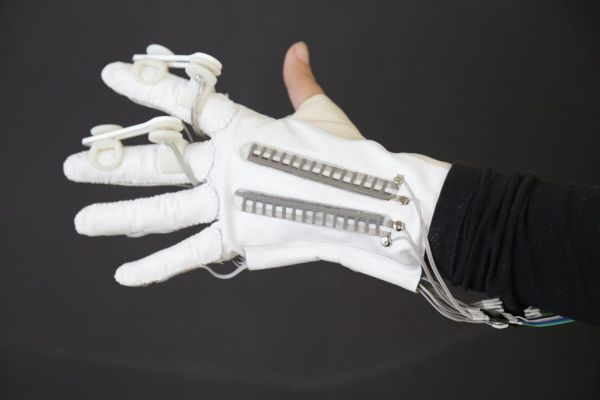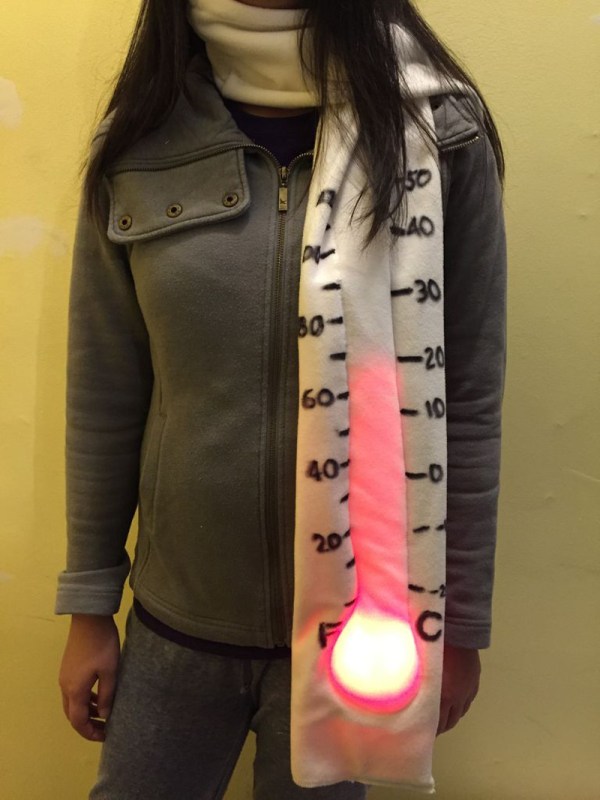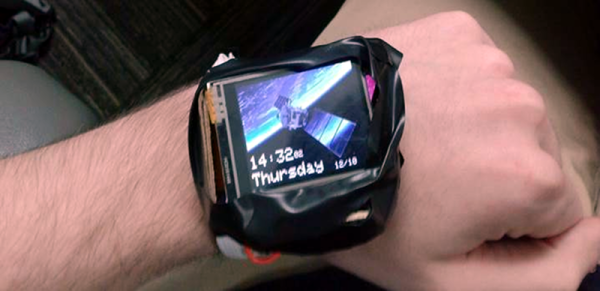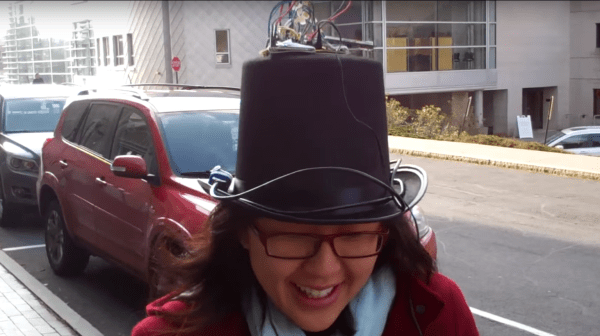Travel around to enough security conferences, faires, and festivals, and you’ll see some crazy wearable electronics. Most of them blink, and most of them use LEDs. Electroluminescent panels are used for wearables, but that’s a niche – the panels are a little expensive, and you have to deal with high frequency AC instead of the much simpler, ‘plug in a LiPo here’ circuit LED-based wearables have to contend with.
Still, electroluminescent panels are cool, and thanks to how EL panels are made, you can screen print EL displays. That’s what some of the guys at AMBRO Manufacturing did recently: screen printing electroluminescent lights directly onto garments. It’s t-shirts from Tron made real.
EL panels and EL wire are really only three separate parts: a conductor of some sort, a phosphor, and another conductor. Pass a high-frequency AC current through the conductors, and the phosphor lights up. With EL wire, it’s a thick copper wire clad in phosphor and wrapped in a very fine copper wire. EL displays are made with conductive ITO-coated glass or plastic. It’s a relatively simple construction, and one that is perfectly suited for screen printing. In fact, one of the first EL displays – the DSKY, the user interface for the Apollo Guidance Computer – used screen printed seven-segment EL displays.
The folks at AMBRO only have a proof of concept right now, but it is a completely screen printed electroluminescent design on fabric. To light it up, the t-shirt will need an inverter, but this is the beginnings of t-shirts from Tron.
Video below.
Continue reading “Screen Printing Electroluminescent T-Shirts From Tron” →







 and meant one shot at getting his custom PCB right.
and meant one shot at getting his custom PCB right.









